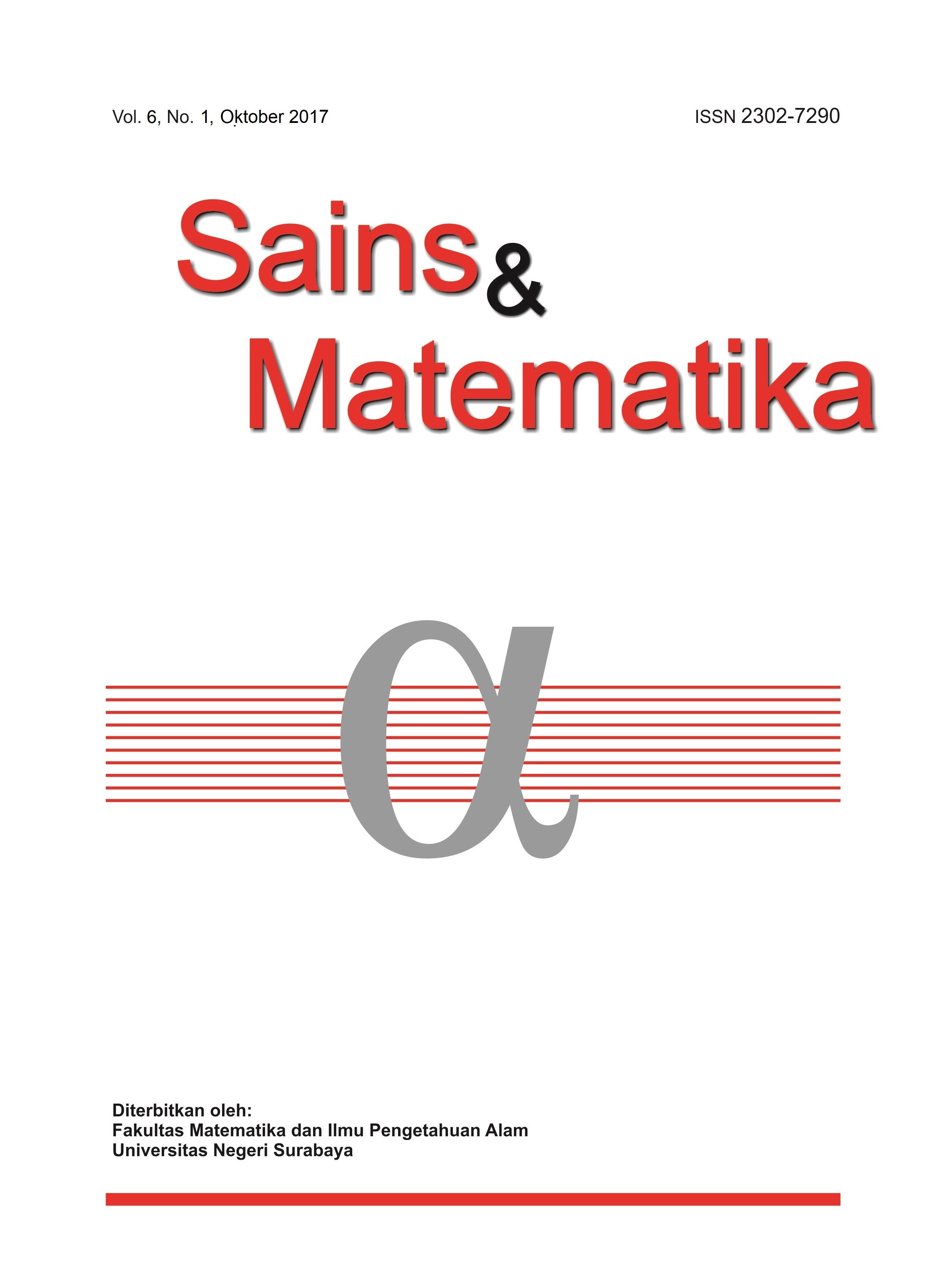Karakteristik Reduced Graphene Oxide (rGO) Berbahan Dasar Limbah Batang Padi
Abstract
Sebagai negara agraris, Indonesia memiliki lahan persawahan yang sangat luas. Padi yang kemudian diolah menjadi beras merupakan bahan pangan utama masyarakat Indonesia. Batang padi selama ini dibuang sebagai limbah dan tidak termanfaatkan dengan baik, padahal dengan kandungan karbon didalamnya, batang padi dapat dimanfaatkan sebagai bahan dasar reduced graphene oxide (rGO). Penelitian ini bertujuan untuk menganalisis pengaruh variasi suhu pemanasan terhadap nilai kapasitansi dan morfologi rGO berbahan dasar limbah batang padi. Pembuatan rGO meliputi beberapa tahap, yaitu dehidrasi, karbonasi dan kalsinasi. Tahap dehidrasi dilakukan pada suhu 110ËšC selama 12 jam yang dilanjutkan dengan karbonasi pada suhu 400ËšC selama 1,5 jam. Sampel karbon hasil karbonasi diuji proximate untuk menentukan kandungan fixed carbon pada sampel, dan diuji Thermal Gravimetric Analysis (TGA) untuk mengetahui posisi perubahan massa bila dikenai perubahan suhu. Dari hasil uji proximate dan TGA diketahui bahwa kandungan fixed carbon adalah 18,23% dan perubahan massa terjadi pada suhu 200ËšC hingga 350ËšC. Langkah selanjutnya dilakukan tahap karbonasi dengan variasi suhu, dan dilakukan uji X-ray Diffractometer (XRD) dan Voltametri siklik. Hasil karakerterisasi XRD diidentifikasi keberadaan puncak rGO dan GO. Nilai kapasitansi rGO dari batang padi cukup kecil bila dibandingkan dengan rGO komersial.
As an agrarian country, Indonesia has a very large rice field. Rice which is then processed into rice is the main foodstuff of the Indonesian people. Rice stalks have been thrown away as waste and are not utilized properly, whereas with the carbon content in them, rice stems can be used as a basis for reduced graphene oxide (rGO). This study aims to analyze the effect of heating temperature variations on the capacitance and morphological values of rGO based on rice stem waste. Making RGO includes several stages, namely dehydration, carbonation and calcination. The dehydration stage is carried out at 110ËšC for 12 hours followed by carbonation at 400ËšC for 1.5 hours. Carbon samples from carbonation results were tested proximate to determine the fixed carbon content of the samples, and tested by Thermal Gravimetric Analysis (TGA) to determine the position of changes in mass when subjected to changes in temperature. From the proximate and TGA test results it is known that the fixed carbon content is 18.23% and mass changes occur at temperatures of 200 ° C to 350 ° C. The next step is the carbonation stage with temperature variations, and the X-ray Diffractometer (XRD) and cyclic voltammetry tests are performed. From the results of XRD characterization identified the existence of the peak rGO and GO. The capacitance value of rGO from rice stalks is quite small when compared to commercial ones.
References
Waluyo H dan Noerochiem L, 2014. Pengaruh Temperatur Hydrothermal terhadap Performa Elektrokimia LiFePO4 sebagai Katoda Baterai Ion Lithium Type Aqueous Elektrolit. Jurnal Teknik Pomits, 3 (2).
Rajagopalan B and Cung JS, 2014. Reduced Chemically Modified Graphene Oxide For Supercapacitor Electrode. Nanoscale Research Letters. 9 (1): 535
Nugraheni AY, Nasrullah M, dan Prasetya FA, 2015. Study on Phase, Molecular Bonding, and Bandgap of Reduced Graphene Oxide Prepared By Heating Coconut Shell. Material Science Forum. 827: 825.
Shen J, Li T, Long Y, 2012. One-Step Solid State Preparation of Reduced Graphene Oxide. Carbon. 50 (6): 21342140.
Prastiwi DA. 2013. Pemanfaatan Arang Aktif Sebagai Carrier Unsur Hara Mikro Dalam Pembuatan Pupuk Lambat Tersedia. Thesis. Bogor : Institut Pertanian Bogor.
Sarkar SK, Raul KK, Pradhan SS, Basu S, Nayak A, 2014. Magnetic Properties of Graphite Oxide and Reduced Graphene Oxide. Physica E: Low-edimensional Systems and Nanostructures. 64: 7882.
Wu YP, Rahm E, Holze R, 2003. Carbon Anode Materials for Lithium Ion Batteries. Journal of Power Sources. 114 (2): 228-236.
Burke A, 2000. Ultracapacitors: Why, How, And Where Is The Technology. Journal of Power Sources. 91 (1): 37-50.
BPS Provinsi Jawa Timur. Luasan, Produktivitas, dan Produksi Komoditi Padi Sawah di Jawa Timur. (Online) diakses 18 Januari 2016. http://BadanPusatstatistik.com
Downloads
Published
Issue
Section
License
Naskah yang diserahkan penulis haruslah sebuah karya yang tidak melanggar hak cipta (copyright) yang ada. Naskah yang dimasukkan harus naskah orisinil dan belum pernah dimuat di terbitan manapun. Segala hak yang tercantum pada diri penulis, melekat pada pengelola jurnal untuk mengedit, mengupload, dan mempublikasikan naskah kepada khalayak umum. Abstract views: 3307
,
Abstract views: 3307
, PDF Downloads: 8296
PDF Downloads: 8296














